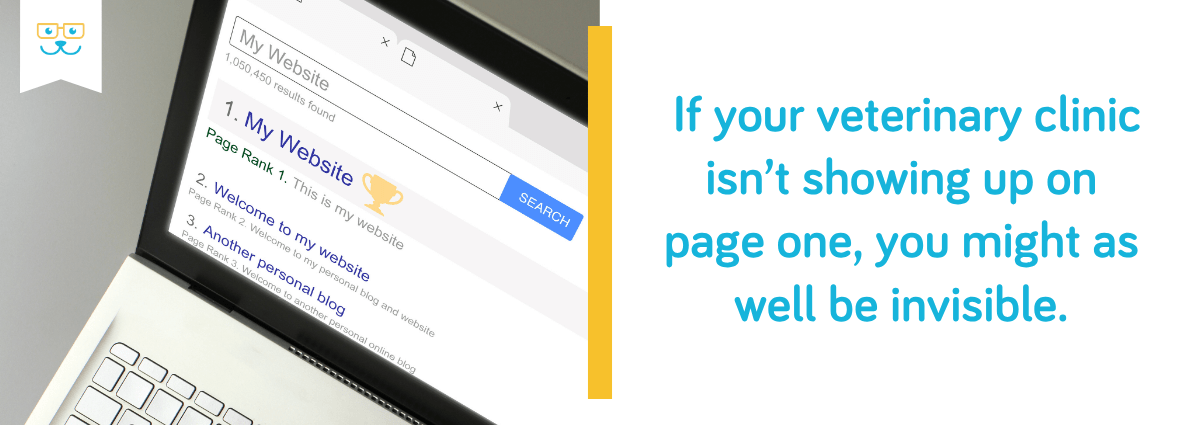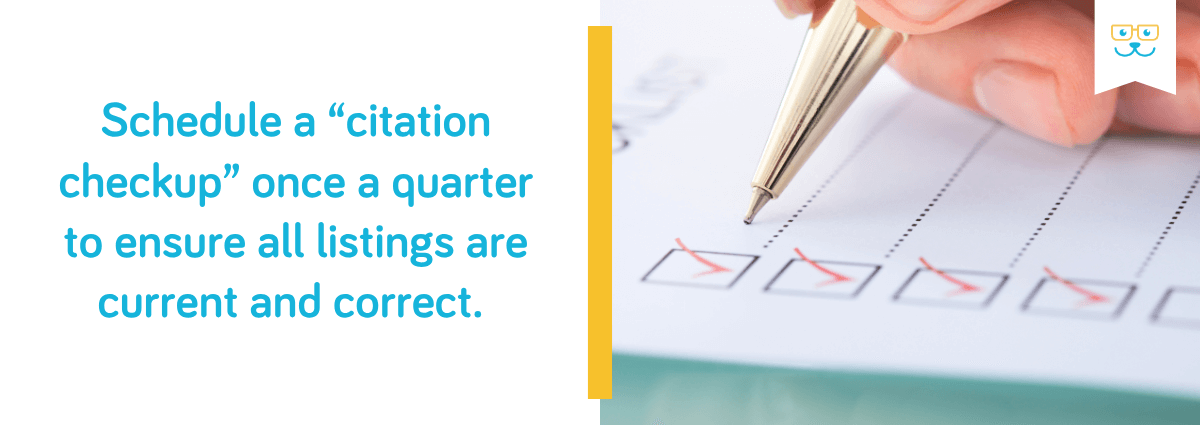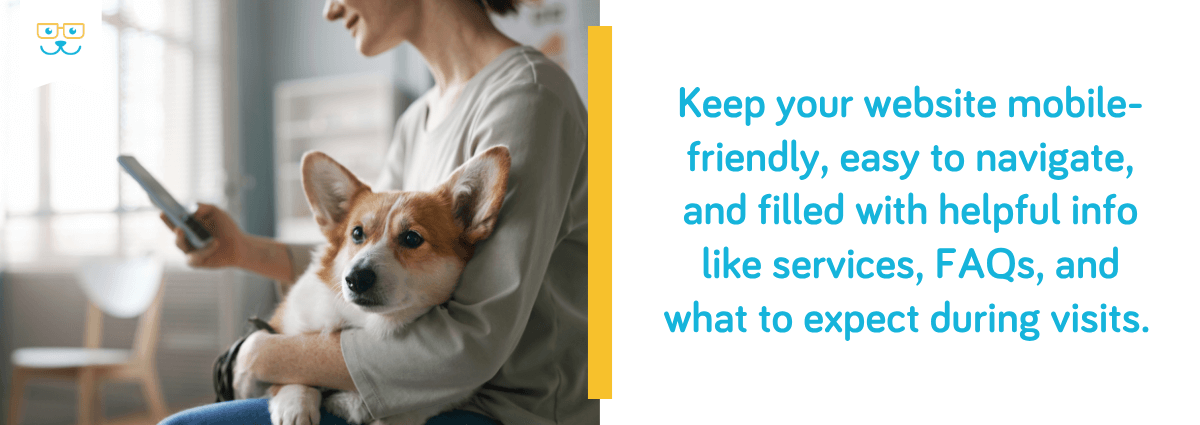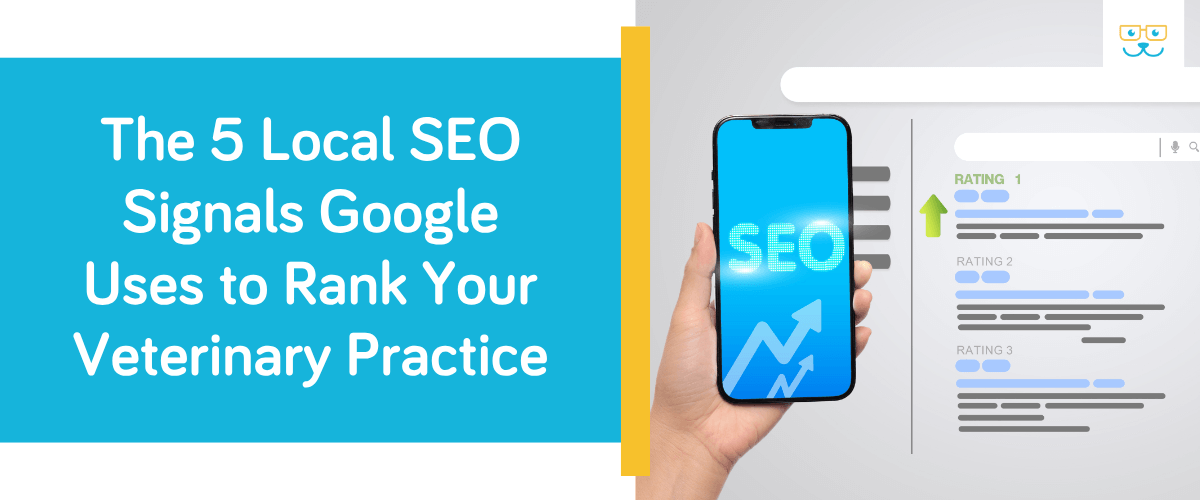The 5 Local SEO Signals Google Uses to Rank Your Veterinary Practice
When a pet parent searches “veterinarian near me” or “emergency veterinarian in [your city]”, they are browsing with intention. Whether it's booking an appointment, calling your clinic, or looking up directions, your online visibility at that moment can mean the difference between gaining a new lifelong client or losing them to the practice down the street.
The search engines these potential clients are using have a very specific checklist to decide which practices deserve the spotlight on page one. So when someone types “veterinarian near me” or “emergency pet care in [your city]”, is your clinic showing up or are you silently handing that client over to your competition?

Because if your veterinary clinic isn’t showing up on page one, you might as well be invisible. But the good news for you is that we know how to channel in on Google’s Local SEO.
What Is Local SEO?
Local SEO (Search Engine Optimization) is how Google decides which businesses show up when someone searches for services in their area. And while Google’s algorithm is a complex machine, we know there are five key local SEO signals it uses to determine which veterinary practices deserve top billing. Let’s break them down, veterinary-style.
1. Google Business Profile Optimization
Your Google Business Profile is the cornerstone of your local SEO strategy. This is the listing that shows up when someone searches your clinic’s name or types a query like “cat care near me.” It includes your address, hours, reviews, photos, and even appointment links.
Google prioritizes businesses that have:
- Complete, accurate information (NAP: name, address, phone number)
- Correct business categories (e.g., “Veterinarian,” “Animal Hospital,” “Emergency Veterinarian”)
- Up-to-date hours and services
- High-quality photos of your team, building, and furry patients
- Regular updates (Google Posts, offers, or announcements)
Genius tip: Don’t just “set it and forget it.” Treat your Google Business Profile like a digital storefront. Keep it current, engaging, and reflective of your real-world clinic experience. Schedule a “citation checkup” once a quarter to ensure all listings are current and correct.

2. Consistency in Local Listings and Citations
Google cross-references your veterinary clinic’s details across hundreds of online directories. If your clinic is listed as “Green Paws Vet” on Yelp but “Green Paws Veterinary Center” on Facebook with different phone numbers or old addresses, Google gets confused. And a confused Google means lower rankings.
To earn trust (and rankings), make sure your Name, Address, and Phone Number (NAP) are consistent across directories, your website, and social media platforms.
3. Online Reviews and Reputation
Google loves social proof. The more quality reviews your clinic receives, the more credibility you build in Google’s eyes (and in the eyes of pet parents). But it’s not just about quantity.
Google looks at:
- Review quantity and frequency
- Star ratings (aim for 4.5+)
- Keywords in reviews (e.g., “Dr. Smith helped my dog with allergies”)
- Review responses (yes, replying matters!)
Train your team to ask happy clients for reviews after every visit. A simple ask after a successful surgery, puppy’s first visit, or emergency care can do wonders. And always respond to reviews professionally and kindly, whether they’re glowing or critical.
Genius Tip: Include a QR code on paperwork that will go directly to reviews. The easier you make it, the more likely the client will do it.
4. Local Content and Website Optimization
Google evaluates your website to decide if your veterinary clinic is relevant to local searches. That means your site needs to talk not just about what you do, but where you do it. Having a city page that includes landmarks, businesses, and pet-related information is a great way to tie you into the community and those valuable local searches. (Example: The Drake Center)
Make sure your website includes:
- Your physical location and service areas
- Locally relevant blog content
- A Google Maps embed on your contact page
5. Behavioral Signals and Engagement
Google also looks at how people interact with your content. If pet parents are clicking on your website, staying awhile, calling directly from your listing, or getting directions to your clinic, that tells Google your site is useful.
Key behavioral signals include:
- Click-through rates from search results
- Time spent on your website
- Bounce rate (how fast people leave after landing on your site)
- Calls and direction requests from your Google Business Profile

Keep your website mobile-friendly, easy to navigate, and filled with helpful info like services, FAQs, and what to expect during visits.
Genius Tip: Make it easy for pet parents to take action with Call-To-Actions that are clear and direct for scheduling appointments, calling, or messaging your team.
Make Local SEO Work For You
If you want pet parents to find your practice when it matters most, you need to strategize your local SEO. Google is constantly scanning for signals of trust, relevance, and authority and every listing, review, and keyword is a chance to rise higher in the ranks.
At GeniusVets, we specialize in helping veterinary clinics rise to the top of local search with strategies tailored specifically for the veterinary field.
Book Your Complimentary Marketing Health Exam
Want more tips like this every week?
Subscribe to the GeniusVets Weekly Newsletter and get fresh insights, free resources, and veterinary marketing strategies delivered straight to your inbox.

